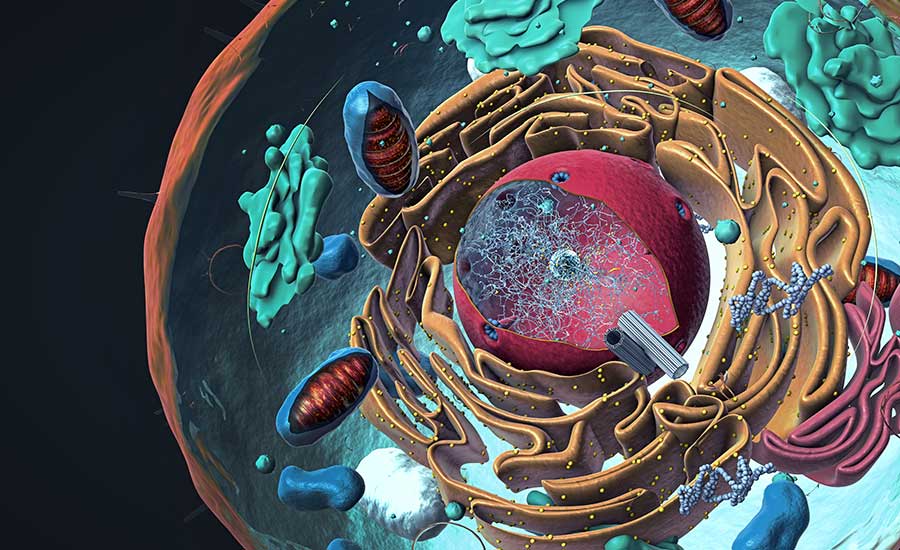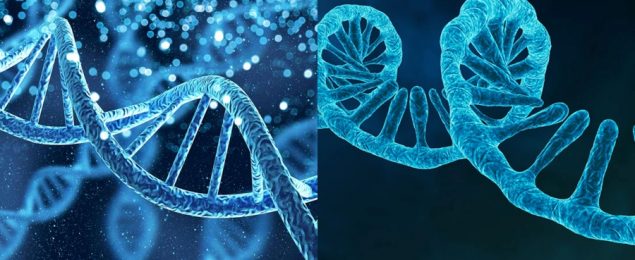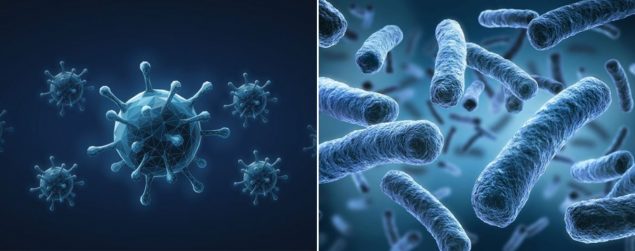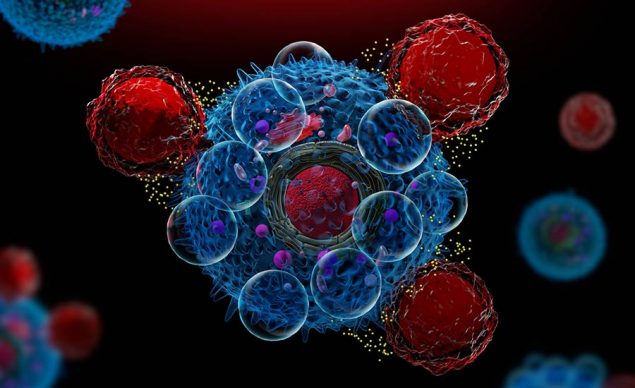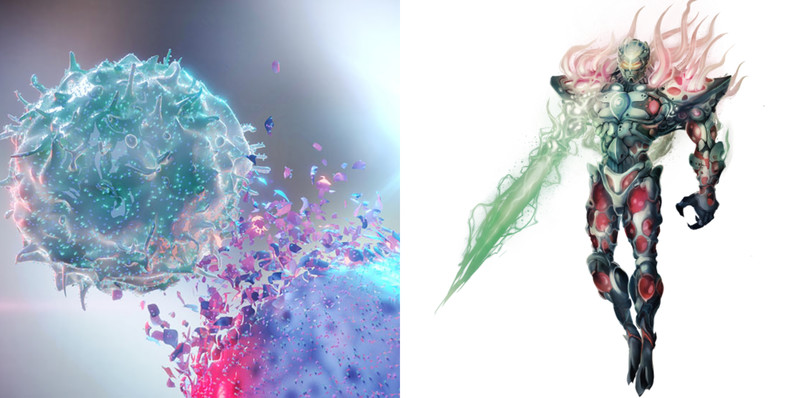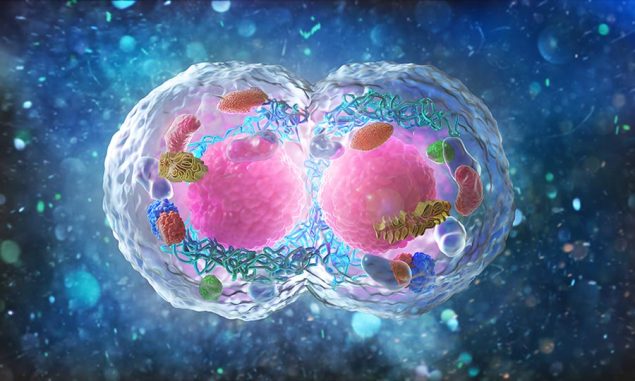Related Resources
Did you know that the nucleus, which has a diameter of approximately 10 micrometers, contains almost 6 feet, i.e., about 2m of DNA?
Comparing the size of the nucleus to the length of the DNA would be like juxtaposing a blueberry to a rollercoaster.
Regardless of its small size, the nucleus is the cell’s control center! This tiny commander holds key information that affects the behavior of the BioWarriors, the heroes of the BioWars comic book. It is also in charge of the reproduction of the cells in our body.
But what are the main functions of the nucleus? What kind of orders does it give to the biological cells?
Let’s find out why this small but powerful “brain of the cell” matters and all the cool things it can do!

What Is A Nucleus?
The nucleus is an organelle most eukaryotic cells have. It is the place where our genetic material is stored. This fact alone makes it one of the most important elements in our body!
The only human cells without the nucleus are red blood cells as well as the cornified cells found in our skin. On the other hand, there are some cells with more than one nucleus, such as the liver cells as well as muscle fibers.
The nucleus is often described as the “control center” of the cell. But why? What does the nucleus do to live up to that title?
Before we delve into the talk about the functions of the nucleus and why this organelle matters, we have to back to biology basics. Do you remember what organelles are? How about eukaryotic cells?
Why don’t we answer these questions one by one so you can better understand the story about nuclei and why they matter?!
Nucleus Is An Organelle
Organelles are tiny structures within the cell that perform many important tasks. Some of the most significant organelles in eukaryotic cells include:
- Nucleus: The mastermind of the cell
- Mitochondria: Responsible for producing energy
- Ribosomes: Organelles that help make proteins, i.e., molecules that fuel cells and keep them running.
- Chloroplasts: These organelles are responsible for photosynthesis, i.e., the process of turning carbon dioxide (CO2), sunlight, and water into oxygen and sugars, i.e., food
- Endoplasmic reticulum (ER): A network inside a cell filled with ribosomes that helps transport proteins and other molecules
- Golgi apparatus, a.k.a. Golgi body: Just like the ER, the Golgi apparatus helps transport proteins and lipids, especially if it needs to ship them outside of the cell
Nucleus Is A Part Of The Eukaryotic Cell Structure
Every living organism on the planet belongs to one of the two categories — prokaryotes and eukaryotes.
Prokaryotes are small organisms with only one cell. For example, bacteria, like the evil Raze bacterium from the BioWars comics, belong to prokaryotes.
The main difference between prokaryotic and eukaryotic cells is that prokaryotes don’t have the cell nucleus! This type of cell only has a membrane, cytoplasm, DNA and ribosomes.
Eukaryotes are plant and animal cells, fungi and protists, i.e., all eukaryotic organisms that don’t belong to animals, plants, or fungi.
The nucleus is one of the three main components of the eukaryotic cell structure. Its other two companions are:
- The cell membrane: The membrane surrounds each of our cells. Its role is to prevent toxic substances, such as different acids, from entering cells. The protective membrane also contains receptors that enable communication between the cell and the extracellular space, i.e., the area surrounding the cell. The extracellular space contains nutrients and hormones that connect with receptors and induce a metabolic response in a cell.
- The cytoplasm: This is the clear, gel-like solution inside each eukaryotic cell. It is the place where cells expand, grow and divide. It contains all of the organelles, including the nucleus.

What Does The Nucleus Do In A Cell?
No matter how small it may be, the cell nucleus plays a huge role in our body. Among a myriad of significant roles it has, some of its most important functions include:
- Controlling the synthesis, i.e., the creation of proteins. We’ll talk more about this soon!
- Storing the deoxyribonucleic acid — the DNA. Our genetic material lives inside the walls of the nucleus!
- Controlling the process of mitosis! During mitosis, cells split their genetic material into two nuclei, i.e., the DNA replicates. The replication process is significant because, once the DNA cells divide, they create two new daughter cells with the same DNA. And these cell copies help tissues grow, such as our liver tissue, and repair them if damaged!
- Transcribing the DNA! Sequences of DNA molecules are copied, i.e., transcribed in the nucleus to create the ribonucleic acid — RNA. The processes of transcription and the creation of RNA are crucial for later protein production.
What Does The Nucleus Look Like?
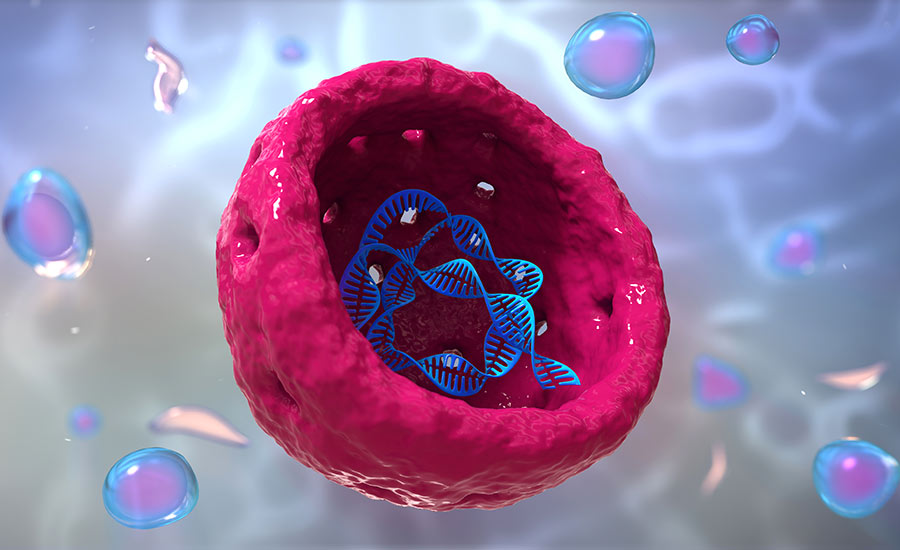
In most eukaryotic cells, the size of the nucleus ranges from 5 – 10 micrometers in diameter. Of all organelles in our cells, the nuclei are the largest!
The shape of the nucleus varies from one cell to the next. In most cases, the nuclei are spherical or round. They can also look like pears or resemble a teardrop.
Some cells, though, have multi-lobed nuclei, such as the neutrophils that fight off bacteria and help our bodies heal.
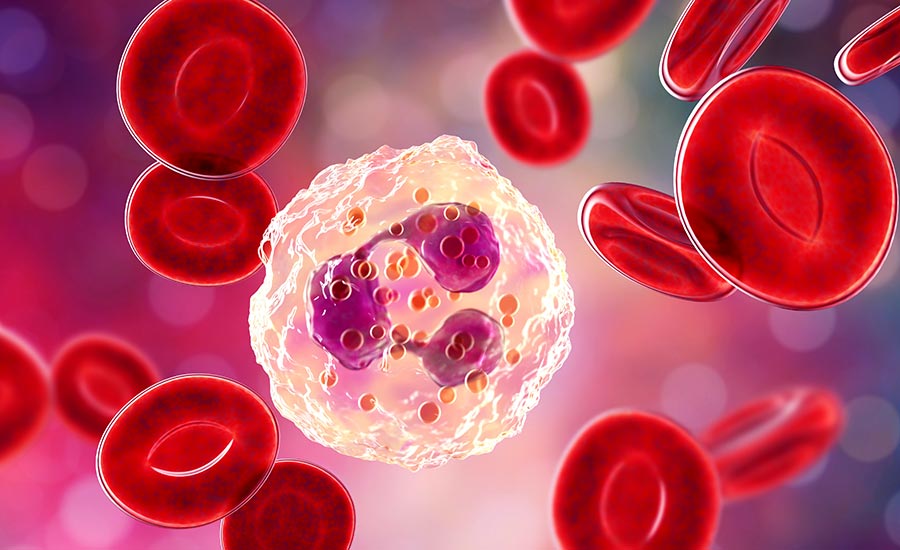
Most neutrophils have three or four-lobed nuclei. If a neutrophil nucleus has just one lobe, that’s usually a sign of an anomaly.
In general, the shape of a nucleus can change when someone gets sick. For instance, people with the premature aging syndrome which causes them to age rapidly from early childhood, have nuclei that are larger than the regular neutrophil nuclei. Their shape is also distorted.
The screenshot below depicts the difference between a regular neutrophil nucleus (left) and the nucleus of a person with the premature aging syndrome (right).
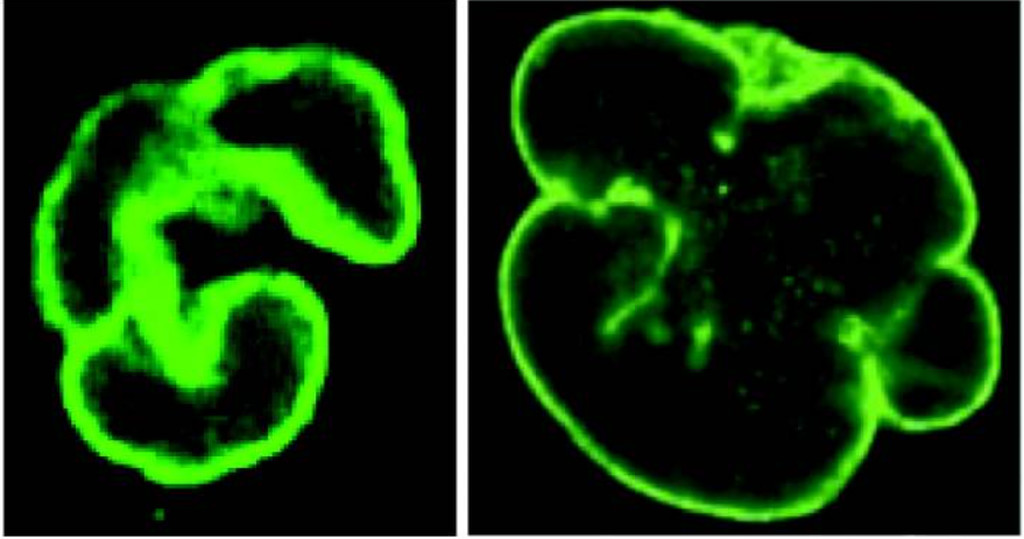
Even normal aging can cause changes in nuclei shape. In most cases, the nuclei of an older adult lose the spherical shape and look more like pebbles.
Scientists have also detected that people with cancer have cells with abnormally-shaped nuclei. In fact, the changes in the nuclei shape are one of the most significant factors that helps researchers identify cancerous cells, personified as the malicious Carcin in the BioWars universe.
What Is The Structure Of The Nucleus Like?
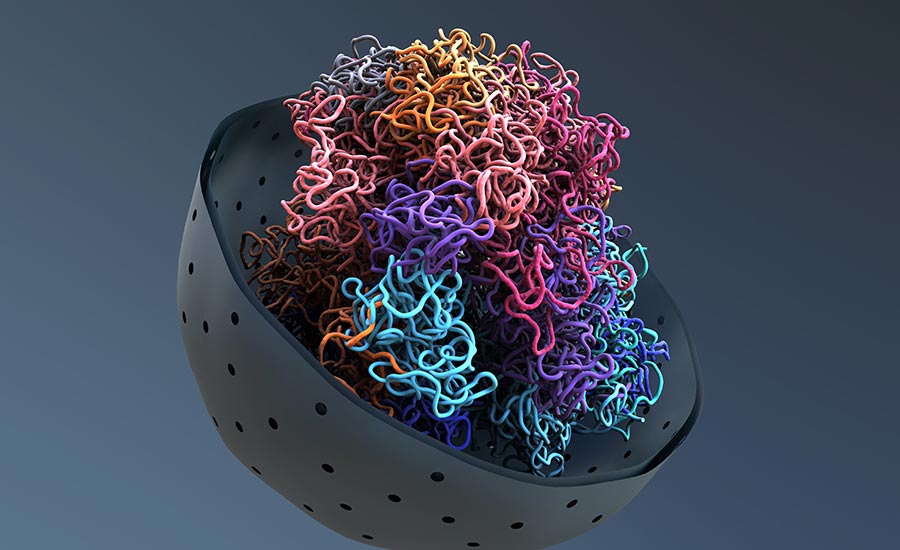
When split in half, the nucleus has a yarn-like structure. Think a yarn basket after a kitten hopped out of it. This yarn basket is comprised of the nuclear envelope, nuclear pores, nucleoplasm, chromosomes and nucleolus. Let’s look at each of these structural pieces:
- Nuclear envelope: It consists of the inner and outer membrane. Its role is to protect the cell’s genetic material and keep it away from other cell components.
- Nuclear pores: Nuclear pores are small channels on the surface of the nuclear envelope. Their mission is to enable communication between the nucleus and the cytoplasm. For instance, they allow proteins to enter the nucleus.
- Nucleoplasm: The gel-like area inside the nuclear envelope. It stores DNA and about 34% of protein-coding genes, i.e., genes that instruct the body how to make proteins. Moreover, the nucleoplasm stores nucleotides — the building blocks of DNA and RNA.
- Chromosomes: Chromosomes consist of DNA molecules, meaning they transfer genetic material from one generation to the next. You know how several generations of a family have the same eye color? That is all chromosomes’ doing! They usually come in pairs. Each cell in our body contains 23 pairs of chromosomes or 46 chromosomes in total.
- Nucleolus: The largest structure within the nucleus in charge of making ribosomes.
Sometimes people confuse nucleolus with the nucleus, so let’s find out more about nucleolus and all the amazing things it can do.
What Is The Difference Between Nucleus And Nucleolus?
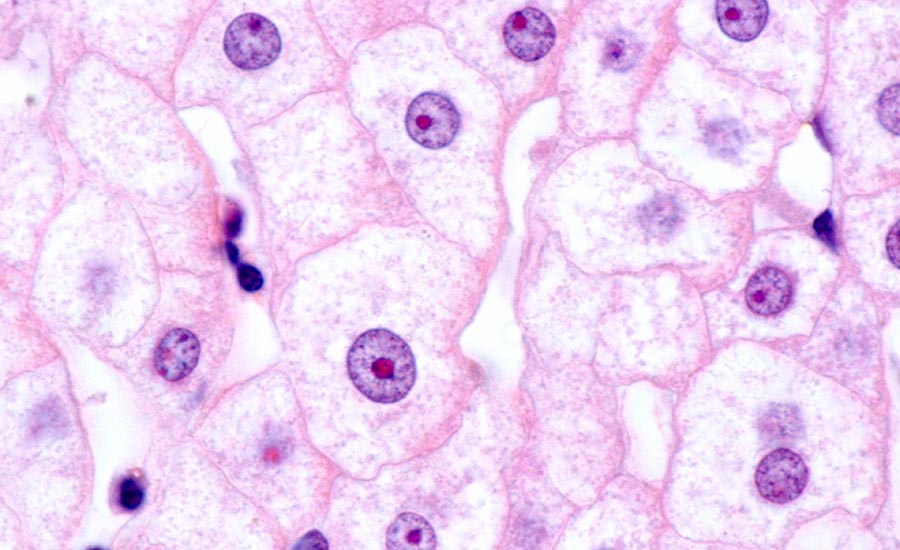
Even though they have similar names, nucleolus and nucleus are two completely different cell structures.
The nucleolus is an organelle within the nucleus. It is usually spherical and pictured as a dark dot inside the nucleus.
Even though it is extremely tiny, the nucleolus performs a vital role in our body — it generates ribosomes!
You see, once nucleoli make ribosomes, ribosomes leave their home. They travel through nuclear spores to the cytoplasm.
In the cytoplasm, they meet up with messenger RNA, i.e., mRNA.
mRNA is the RNA that has left the nucleus carrying DNA instructions on creating proteins. mRNA communicates the protein blueprint to ribosomes via codons — a string of 3 nucleotides, each corresponding to an amino acid. Think of amino acids as molecules that build proteins!
Once ribosomes arrive at the scene, mRNA attaches itself to them. And this is when the process of translation begins — ribosomes begin to read codons, translating them into chains of proteins!
Aside from creating ribosomes, the nucleolus has another important role.
Over the last few years, scientists have begun to understand the importance nucleoli have in regulating the activation of p53 — the tumor-suppressing protein placed in the nucleus.
In most cancers, the p53 protein is altered, so, instead of preventing tumors from forming, p53 stops doing its job. But, according to an article published on ScienceDaily, targeting nucleoli with chemotherapy could help activate the p53 gene again and incite it to fight off infected cells.
Our body already has an elite cadre of Natural Killer Cells (NKCs) that unlashes cytotoxic blasts onto cancerous cells. In the BioWars universe, NKCs are personified as the courageous NKC leader Cid and his trusted soldier Syrinx. The two lead the NKC squad, instructing it to kill off viruses and infected cells.
However, in case NKCs fail to annihilate evil intruders, it’s comforting to know that targeting nucleolus with meds could help prevent cancerous cells from spreading.
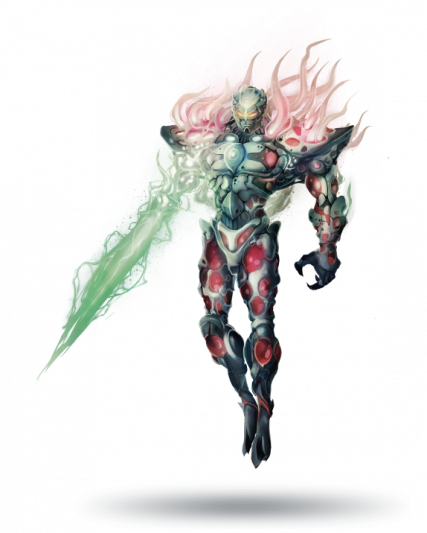
Key Takeaways On The Functions Of The Nucleus
The nucleus is among the most significant elements in eukaryotic cells. Aside from containing our genetic material, the nucleus is also where mitosis occurs, which is crucial for cell growth and replacing older cells.
Moreover, transcription occurs in the nucleus when DNA transcribes itself into RNA. And our bodies need RNA to synthesize proteins!

